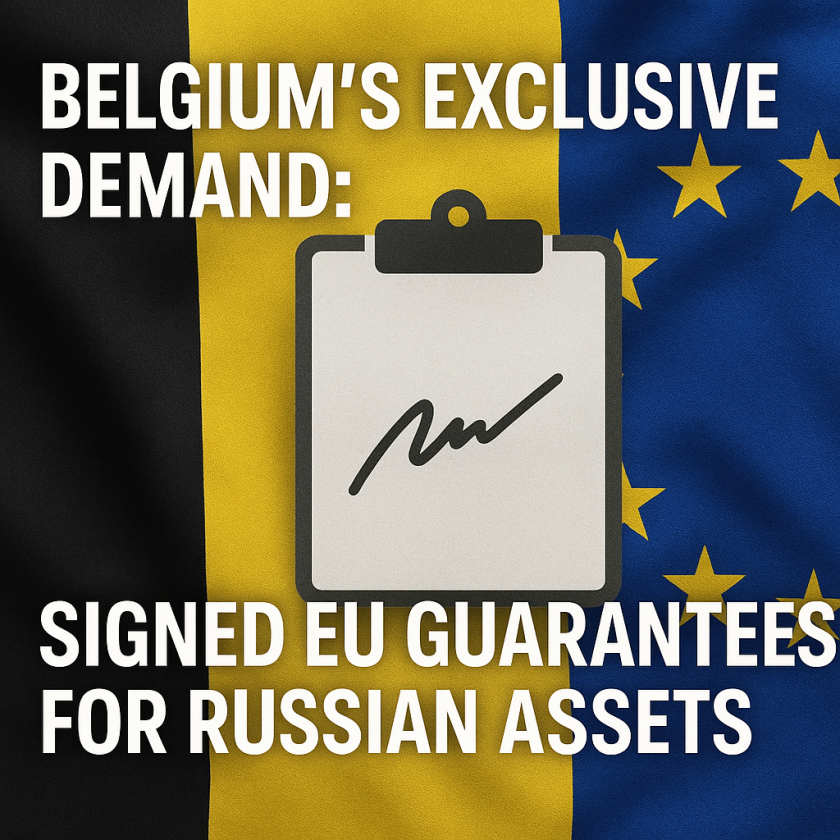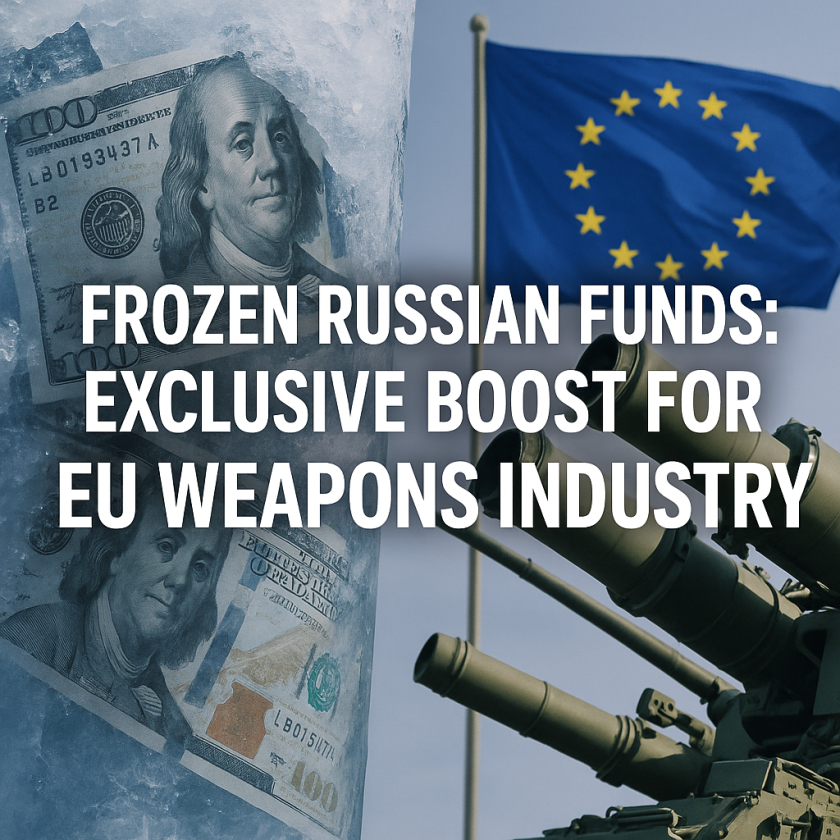Navigating Tariffs: Can the EU Challenge Trump’s Trade Policies?
Navigating Tariffs: Can the EU Challenge Trump’s Trade Policies?
Introduction
The European Union (EU) faces a significant challenge in addressing the trade policies implemented by former U.S. President Donald Trump. These policies, characterized by increased tariffs and protectionist measures, have impacted global trade dynamics. This summary explores the EU’s strategies and potential actions to counter these policies.
Understanding Trump’s Trade Policies
Trump’s administration introduced a series of tariffs aimed at protecting American industries and reducing trade deficits. Key features of these policies include:
- Imposition of tariffs on steel and aluminum imports.
- Targeted tariffs on Chinese goods, sparking a trade war.
- Renegotiation of trade agreements to favor U.S. interests.
EU’s Response and Strategies
The EU has been proactive in addressing these challenges through various strategies:
- Engaging in diplomatic negotiations to seek exemptions and reduce tariff impacts.
- Exploring legal avenues through the World Trade Organization (WTO) to challenge unfair trade practices.
- Strengthening trade alliances with other global partners to diversify markets.
Challenges and Opportunities
While the EU faces hurdles in countering U.S. tariffs, there are also opportunities for growth and collaboration:
- Potential for increased intra-EU trade to mitigate external pressures.
- Opportunities to lead global trade reform and advocate for multilateralism.
- Challenges in maintaining unity among EU member states with diverse economic interests.
Conclusion
The EU’s ability to navigate and challenge Trump’s trade policies is crucial for maintaining its economic stability and global trade influence. By leveraging diplomatic, legal, and strategic partnerships, the EU can potentially mitigate the adverse effects of these tariffs. The situation presents both challenges and opportunities for the EU to assert its role in shaping future trade dynamics.







































